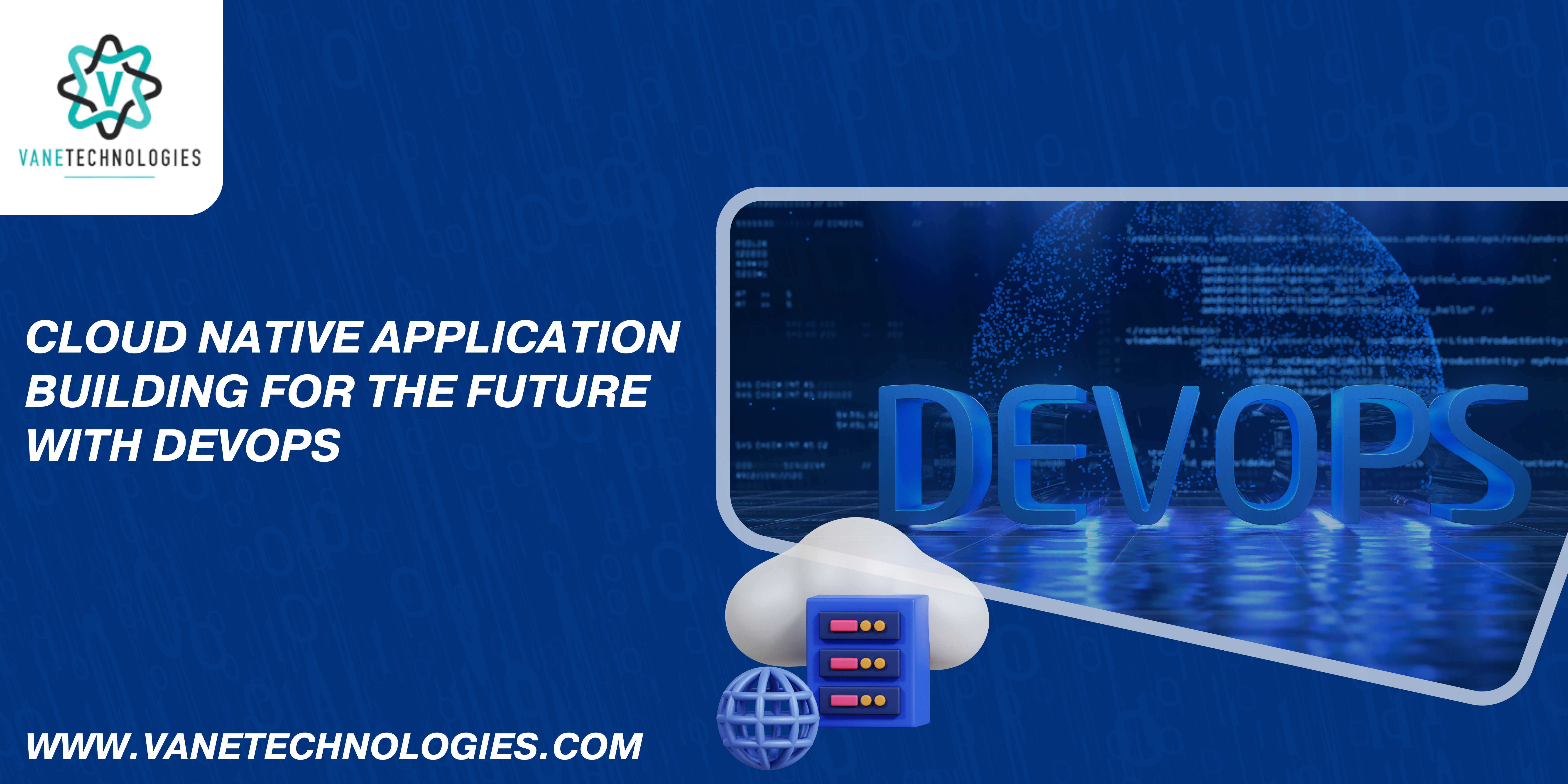
BLOGS

🌐 Cloud Native Application Building for the Future with DevOps
In the rapidly evolving landscape of technology, the concept of cloud-native application building is emerging as a pivotal approach for businesses aiming to stay ahead. Cloud-native applications are designed to leverage cloud computing frameworks fully, enabling scalability, resilience, and faster time-to-market. When paired with DevOps practices, the potential for innovation and efficiency in software development and deployment is significantly amplified. This article explores how cloud-native application building, combined with DevOps, is shaping the future of technology.
🛠️ What Are Cloud-Native Applications?
Cloud-native applications are specifically architected to run in the cloud. They utilize microservices architecture, containerization, and dynamic orchestration to achieve flexibility and efficiency. The primary characteristics of cloud-native applications include:
🧩 Microservices Architecture: Breaking down applications into smaller, independent services that can be developed, deployed, and scaled independently.
📦 Containers: Encapsulating applications and their dependencies into containers, ensuring consistency across different environments.
🔄 Dynamic Orchestration: Using tools like Kubernetes to manage container lifecycles, ensuring optimal resource utilization and automated scaling.
🚀 CI/CD Pipelines: Continuous Integration and Continuous Deployment pipelines automate the testing and deployment processes, enhancing speed and reliability.
🤝 The Role of DevOps in Cloud-Native Development
DevOps, a cultural and operational model that promotes collaboration between development and operations teams, is integral to cloud-native application development. DevOps practices enable organizations to deliver applications and services at high velocity, evolving and improving products faster than traditional software development processes. Here’s how DevOps complements cloud-native development:
🔧 Automation: DevOps emphasizes automation in the software development lifecycle, from code integration and testing to deployment and monitoring. This automation is essential for managing the complexity of cloud-native applications.
👥 Collaboration: DevOps fosters a culture of collaboration and shared responsibility, breaking down silos between development and operations teams. This collaborative approach is crucial for the iterative and incremental development of cloud-native applications.
🔍 Continuous Feedback: DevOps practices incorporate continuous feedback mechanisms, enabling teams to detect and respond to issues promptly. This feedback loop is vital for maintaining the health and performance of cloud-native applications.
💻 Infrastructure as Code (IaC): DevOps practices include managing infrastructure through code, allowing for version control, scalability, and consistency in infrastructure deployment. IaC is particularly beneficial in the cloud-native context, where infrastructure needs to be as dynamic and scalable as the applications themselves.
🌟 Benefits of Cloud-Native and DevOps Integration
The integration of cloud-native application building with DevOps practices offers several compelling benefits:
📈 Scalability: Cloud-native applications can scale horizontally, adding more instances as demand grows. DevOps automation ensures that scaling is seamless and efficient.
💪 Resilience: The microservices architecture enhances the resilience of cloud-native applications, as failures in one service do not affect the entire system. DevOps practices ensure quick recovery and continuous availability.
⚡ Faster Time-to-Market: The combination of microservices and CI/CD pipelines accelerates the development and deployment process, enabling faster release cycles and quicker time-to-market.
💵 Cost Efficiency: Cloud-native applications can optimize resource usage, leading to cost savings. DevOps practices help manage these resources efficiently, reducing wastage and lowering operational costs.
🔐 Improved Security: DevOps incorporates security practices into the CI/CD pipeline (DevSecOps), ensuring that security is an integral part of the development process. This proactive approach is essential for the security of cloud-native applications.
⚠️ Challenges and Considerations
While the integration of cloud-native application building with DevOps practices offers numerous benefits, it is not without challenges. Organizations must consider the following:
⚙️ Complexity: The microservices architecture and container orchestration introduce complexity that requires skilled personnel and robust tooling.
🔄 Cultural Shift: Embracing DevOps requires a cultural shift towards collaboration and shared responsibility, which can be challenging for organizations with traditional hierarchies.
🛠️ Tooling and Skillset: Adopting cloud-native and DevOps practices necessitates investment in new tools and the development of new skillsets, which can be a significant undertaking.
🔒 Security Concerns: While DevSecOps practices improve security, the distributed nature of microservices and the use of multiple containers can increase the attack surface, requiring robust security measures and constant vigilance.
🔮 Future Trends in Cloud-Native and DevOps
The future of cloud-native application building with DevOps is promising, with several emerging trends poised to further enhance the development and deployment processes:
☁️ Serverless Computing: The rise of serverless architectures, where cloud providers manage the infrastructure, allows developers to focus solely on writing code. This trend will likely reduce operational overhead and improve resource efficiency.
🤖 AI and Machine Learning Integration: Integrating AI and machine learning into DevOps processes (AIOps) can enhance automation, predict issues before they occur, and optimize resource management.
🌐 Edge Computing: As the demand for low-latency applications increases, edge computing is becoming more prevalent. Combining cloud-native principles with edge computing can deliver faster, more responsive applications.
🛡️ Service Meshes: Service meshes provide a dedicated infrastructure layer for managing service-to-service communication, enhancing the security, observability, and reliability of microservices architectures.
🏁 Conclusion
Cloud-native application building, when paired with DevOps practices, represents the future of software development and deployment. This approach enables organizations to innovate faster, scale efficiently, and deliver resilient and secure applications. As the technology landscape continues to evolve, embracing cloud-native and DevOps practices will be crucial for businesses aiming to stay competitive and responsive to market demands.
By investing in the right tools, fostering a collaborative culture, and developing the necessary skills, organizations can harness the full potential of cloud-native application building and DevOps, driving their growth and success in the digital age. The journey towards cloud-native and DevOps adoption may be challenging, but the rewards in terms of scalability, resilience, speed, and cost efficiency make it a worthwhile endeavor for any forward-thinking organization
![]() 1200 Brickell Ave., Suite 1950 Miami, Florida, 33131
1200 Brickell Ave., Suite 1950 Miami, Florida, 33131
![]() 1654 Calle Tulipan, Suite 100 San Juan, Puerto Rico
1654 Calle Tulipan, Suite 100 San Juan, Puerto Rico
![]() Manquehue Sur 520, oficina 205 Las Condes, RM, Chile
Manquehue Sur 520, oficina 205 Las Condes, RM, Chile






